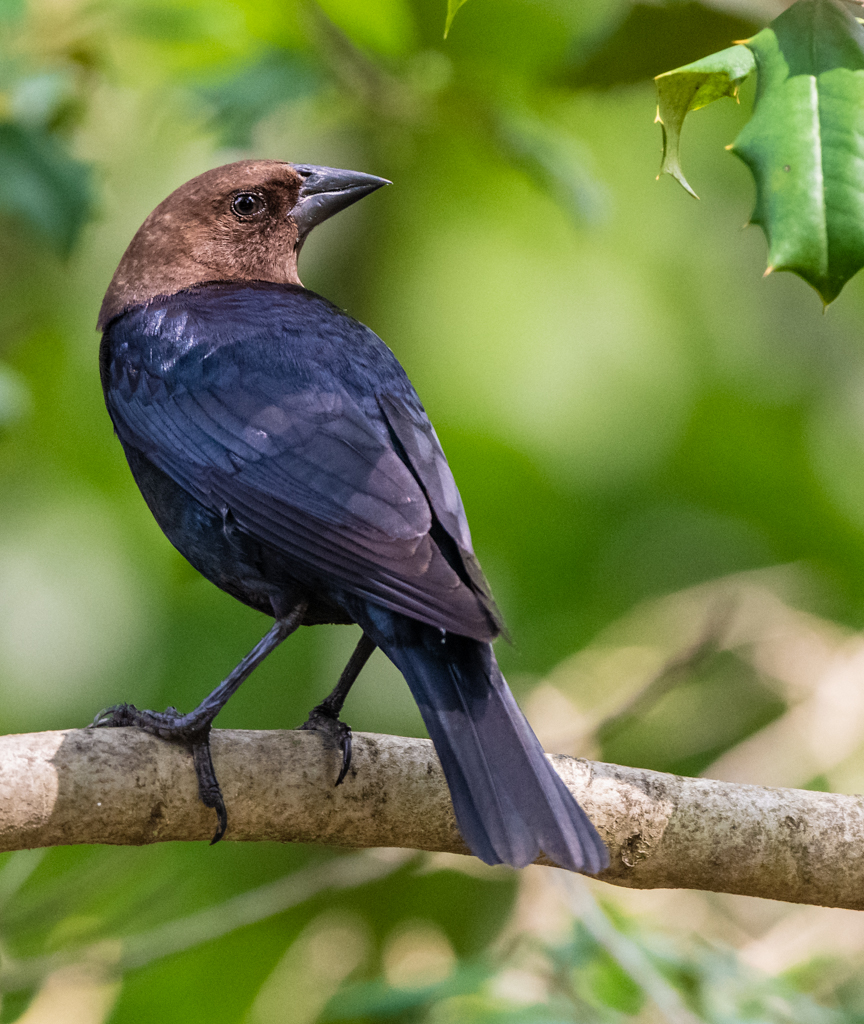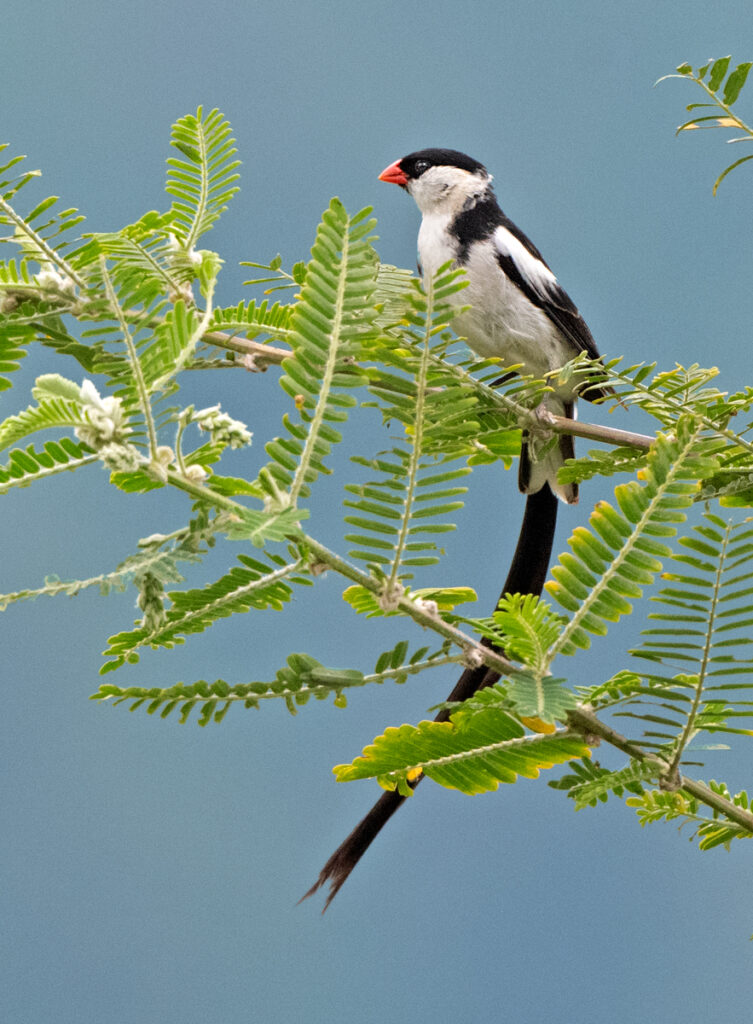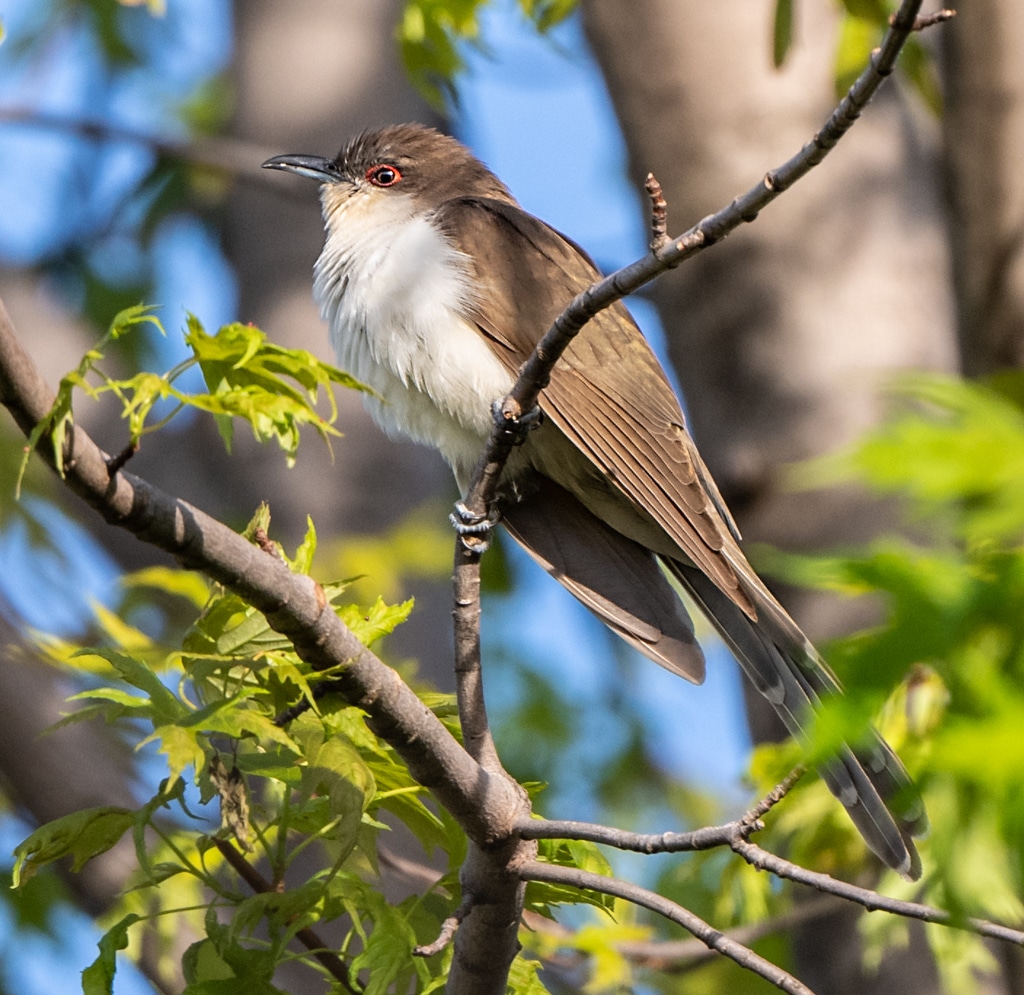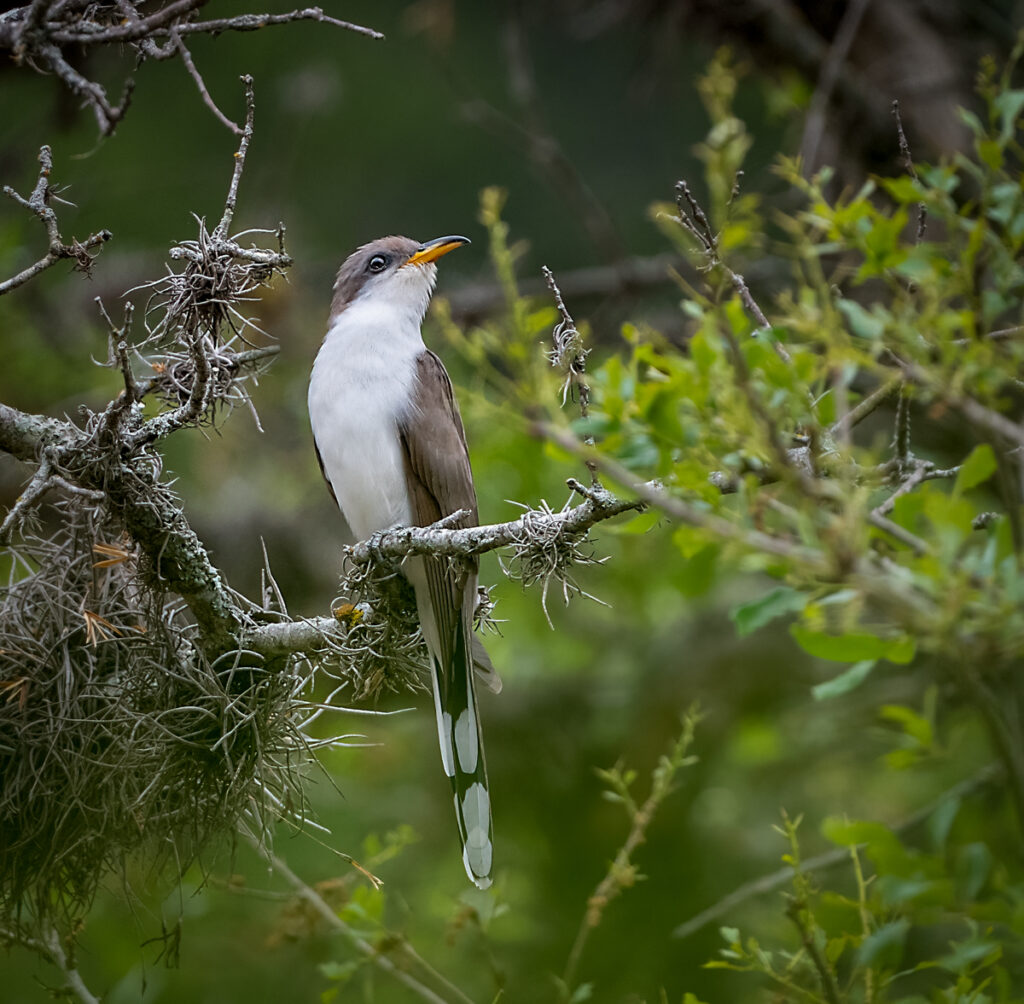
If someone calls you a cuckoo, this often means that you are an unwelcome intruder, crowding out everything else at the expense of everyone’s enjoyment. This phrase originates from the nesting habits – or rather, absence of — a species of Old-World bird that is also described as lazy, pushy, and even evil. But the Eurasian cuckoo isn’t the only species in the world that carries out this practice. Today’s blog looks at others who prefer to let someone else raise the kids while they save their time and energy doing everything but.

When a bird lays its eggs in the nest of another species and relies on that species to raise its offspring, this is known as nest parasitism, and it is a fascinating and often controversial phenomenon. Species that exhibit this behavior are also referred to as brood parasites as their life strategy is built on tricking other birds into incubating their eggs and raising their hatchlings as their own, and as the millennia have passed, both parasite and host have developed a number of tactics in this eternal war of the nests.
Found throughout North and Central America, cowbirds are perhaps the most well-known example of nest parasitism in the US. The female cowbird will quietly watch other birds as they build their nests and then when that bird leaves the nest for some reason, she will fly in and often remove or damage one of the host’s eggs before quickly laying her own. As cowbird eggs require a shorter incubation time, they will hatch well before the eggs of the host bird, giving the cowbird chicks a head start in life. The host birds then raise the cowbird chicks as their own, which will also grow at a faster rate and will be larger than the host’s hatchlings, who often suffer as a consequence.

Pin-tailed whydahs are native to Africa and the males are known for their striking black and white plumage and long, pointed tails. Female pin-tailed whydahs, on the other hand, are considered to be less remarkable in appearance; however, they use this dullness to their advantage as they parasitize the nests of waxbills, hiding unnoticed in the vegetation. But what’s more interesting from a research point of view about these birds is that, where they have been introduced into the US in places like Hawaii and California, they have been seen to lay their eggs in the nests of other non-native birds, like the zebra finch, and scaly-breasted munia. Now, African orange-cheeked waxbills are becoming more prevalent in the US, and scientists are keen to see if the whydahs will move on to their native host or stay with their adopted ones.

Yellow- and black-billed cuckoos are found throughout North and South America and are known for their distinctive calls. Both cuckoo species lay their eggs in the nests of other birds, but they target different species. Yellow-billed cuckoos will target the nests of warblers and vireos, while black-billed cuckoos prefer the nests of thrushes and other cuckoos – as, despite the reputation, only about 40% of the known 150 species are brood parasites.
Despite the potential benefits of nest parasitism, however, there are downsides. For one, it is of course harmful to the host birds, because if they raise too many parasitic chicks, they may not have enough resources to care for their own offspring, leading to an overall decrease in the reproductive success of the host species – not the best thing to do when you need that host species for your own survival.

But research is also showing that host species appear to be fighting back, developing some clever defenses. For example, some females now lay eggs with unique patterning on their shells, exhibiting spots, squiggles, and colors that serve as a sort of signature – they can spot the alien forgery in their midst and remove it. Other species have adapted to how they build their nests, changing the entry hole to be too small for parasitic species to enter, for example.
There are a few different theories about why birds began to engage in nest parasitism, but like many things in the animal world the true origins could well be lost to time. For whatever reason, the benefits do seem to be worthwhile – no energy needs to be spent defending a nest or rearing young, thus more energy can be expended on egg production, mating, and individual survival. Essentially, by simply relying on other birds to do the work for them, they can potentially increase their population sizes and dominate the resources available to all. It is little wonder that brood parasitism can evoke some very strong opinions.


